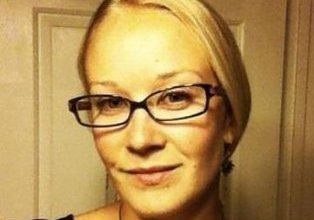Q: I’m new to LinkedIn and have an account, but haven’t done anything more than accept a few connections. I know it’s a good tool for my business, but what else should I be doing?
A: In this age of social media as a communication tool, LinkedIn is one of the most compelling for business people.
So many users get started by creating a profile and accepting connections from those they know, but not much else. In fact, many people comment that they don’t accept connections from people that they don’t know.
I equate this to saying “no thanks” when someone attempts to give you their business card at a networking event.
LinkedIn is not Facebook; connecting with business people you don’t already know is why it’s so powerful. While it’s certainly possible that you’ll connect with overzealous salespeople or even spammers, you can easily block or remove the connection if they turn out to be less than desirable.
Some of the more common uses of the network include researching people or companies, connecting with former colleagues, creating new relationships with potential customers and influencers, finding employees or employment opportunities and (my personal favorite) amplifying your traditional face-to-face networking activities.
Think about how many times you’ve met someone at a networking event, or just in your daily travels, who handed you their business card. What happens to that card?
Unless you’re a hardcore networker, it probably ends up in a briefcase, desk drawer or some other collection zone. It essentially disappears.
Imagine how useful your networking contact list would be if, when you were handed a business card, you got into the habit of immediately finding them on LinkedIn to stay connected.
With smartphone apps being such a huge part of our lives, this habit is pretty easy to adapt. In some cases, I’ll even ask to connect on LinkedIn in lieu of exchanging business cards, because there is so much more information available than what can fit on a business card.
If you haven’t uploaded a photo and completed your profile, you can be viewed by others as someone who “doesn’t get it,” so make sure you do.
The keywords from a completed profile will also dramatically increase your chances of being found when someone is searching LinkedIn for your specialty, skill set or industry background.
Sharing an update (like you would on Facebook) or publishing a post that’s relevant to your business is how you show the LinkedIn world your expertise and encourage engagement from others.
Think of it as your opportunity to have your own interactive syndicated newspaper column, with more than 380 million potential readers. What information could you share that might be helpful to your prospects or potential employers?
As with any other social network, engagement is the key, so observing what others are doing is a great way to learn the ropes.
There are many other suggestions, such as joining groups and creating company pages — basic tactics that experts such as Wayne Breitbarth can help you learn at his excellent blog.
Editor’s note: Ken Colburn is founder and CEO of Data Doctors Computer Services.






